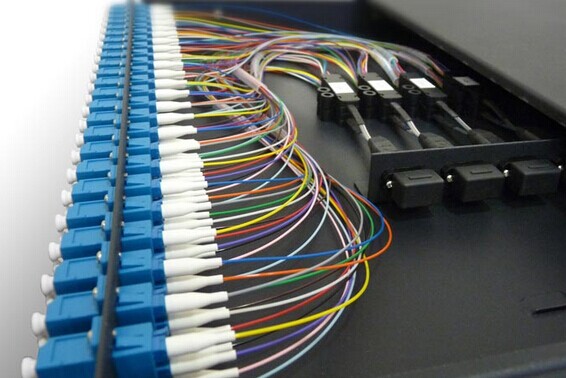These days, fiber optic cables can be found in multiple areas – starting from Internet technologies to telecommunication and telephone services. With the rapid growth of the fiber industry over the last 20 years, the demand for fiber optic patch panels has also increased. These elements are crucial to ensure compliance with a variety of environments. Here is a quick guide on a fiber patch panel and everything you need to know about this element.
What is a fiber patch panel?
A fiber optic patch panel refers to the interface panel designed to connect multiple fiber optic cables and other optical equipment. These panels come both rack-mountable and wall-mountable and outdoor and indoor. Both rack-mounted and wall-mounted kinds can store, arrange, and protect fiber optic cables and connectors.
The first type appears in angled and flat versions, while the wall mount panels are widespread for fiber cable termination. Users can also find fiber patch panels in sliding, fixed, or pivoting types. Fiber patch panels can be divided into several groups, considering the number of ports as criteria. Developers can get panels with either 12, 24, 48, or 96 ports.
The main advantage of a fiber patch panel is a more straightforward termination of fiber optics. As all the connections are made via the ports in the patch panel, using such panels reduces the costs associated with the worn-out input ports of the networks. Consumers can maintain effortless organization of all the input ports within a fiber patch panel. These panels are also flexible as each port tends to carry various adapter styles.
- How does a patch panel work?
A standard fiber patch panel appears as a metal enclosure that stores fiber splicing trays, panels for adapters, and space for storing fibers. The primary construction of patch panels contains a diversity of ports. Every port within a panel is connected to a patch cable that links with the optical appliances. Apart from that, fiber patch panels contain both outside and inside ports. The former ports allow for easy plugging or unplugging of fiber patch cables if necessary. In contrast, the inside ports are typically fixed, so they can not be disconnected in most cases.
How to use a patch panel?
Developers typically get a fiber patch panel for a couple of purposes. They include improved cable management and fiber termination. The former purpose requires some more dedication. Your goal is to plan the entire fiber connections carefully, including the implementation of fiber patch panels.
You can select between patch panels and cross-connection during planning according to your requirements. One more important thing – it would be best to organize the dressing and routing of the fiber patch cords in case you decide to use a panel. If you want to avoid annoying hanging fiber optical cables, then opting for the fiber cable management brackets is good.
